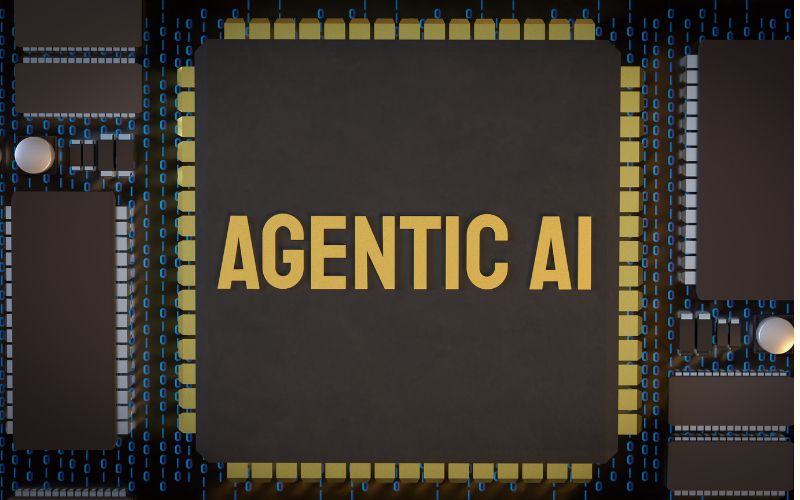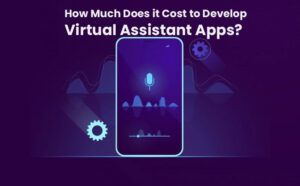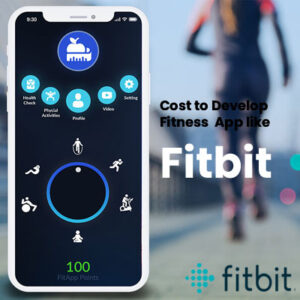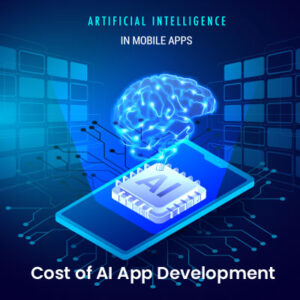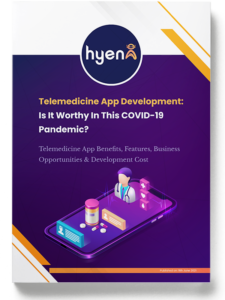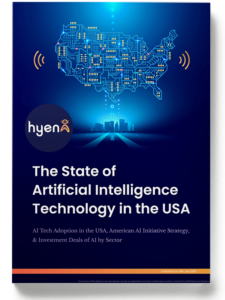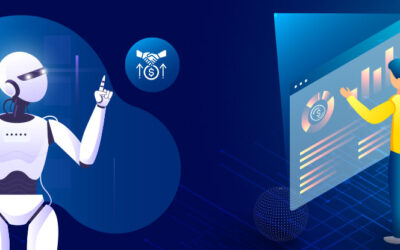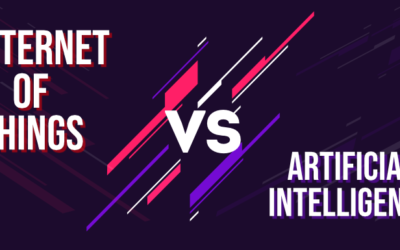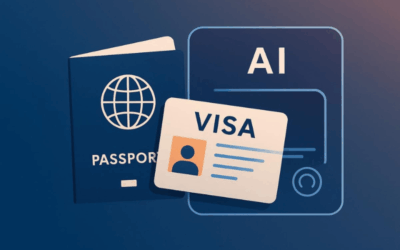A2A vs MCP Comparison for AI Agents
A2A vs MCP Comparison for AI Agents
The Artificial Intelligence (AI) industry has seen drastic transformations in the last few years, and the key catalyst of the revolution is the model of communication and architecture deployed by AI agents. Among many models and protocols deployed, Agent-to-Agent (A2A) and Message Control Protocol (MCP) are two of the most popular methods in multi-agent systems. These protocols affect the way that agents talk, cooperate, and make decisions, anything from learning ability to responsiveness and efficiency thereof.
This article explains at length a comparison between MCP and A2A in the context of AI agents based on their structures, Mobile applications, advantages, disadvantages, and real-life applications.
What Are AI Agents!
AI agents are autonomous software agents that perceive reason about it and act upon it in order to accomplish particular objectives. In multi-agent systems (MAS), the agents work together to accomplish complex tasks like distributed problem-solving, coordination, negotiation, and learning.
Effective agent communication is crucial in MAS. Two broad paradigms, A2A and MCP, constitute the message exchange and cooperation mechanisms.
What is A2A (Agent-to-Agent Communication)?
Agent-to-Agent (A2A) communication is a peer-to-peer paradigm for decentralized interaction where each AI agent sends and receives messages to and from other agents in a one-by-one manner. A2A typically is peer-to-peer and allows messages to pass directly between the agents with no middleman or broker.
Features of A2A:
- Decentralized Communication: No central server; agents communicate independently.
- Scalability: Every agent scales communication by handling its connections.
- Flexibility: Agents may employ different protocols such as FIPA ACL (Foundation for Intelligent Physical Agents – Agent Communication Language) or proprietary schemas.
- Robustness: The failure of one agent does not collapse the entire system.
What is MCP (Message Control Protocol)?
Message Control Protocol (MCP) is a formal, frequently centralized or semi-centralized protocol that specifies how messages are routed, authenticated, and processed between AI agents. As opposed to the ad-hoc nature of A2A, MCP frequently specifies formal roles for message senders, mediators (controllers), and receivers.
Characteristics of MCP:
- Centralized/Semi-Centralized Routing: Messages go through a controller or hub.
- Defined Protocol Layers: Includes headers, timestamps, authorization tokens.
- Governance: Access control, error correction, and QoS (Quality of Service) are included.
- Logging & Monitoring: Integrated monitoring for all communications by agents.
A2A vs MCP: Feature-by-Feature Comparison
| Feature | A2A (Agent-to-Agent) | MCP (Message Control Protocol) |
| Architecture | Peer-to-peer | Centralized/Supervised |
| Scalability | High (dynamic topology) | Moderate (bottleneck at controller) |
| Security | Dependent on each agent’s capabilities | Centralized access control & encryption |
| Latency | Low (direct messages) | Higher (routing overhead) |
| Reliability | Medium (peer dependency) | High (error-checking & message validation) |
| Maintenance | Decentralized, complex debugging | Easier with centralized logs |
| Learning & Adaptation | Autonomous learning | Controller-driven updates |
| Use Cases | Collaborative agents, simulations | Regulated workflows, transactional systems |
Pros and Cons of AI Agents
A2A Pros:
- High Flexibility: Agents determine when and how to converse.
- Resilient to Failures: No point of failure.
- Faster Prototyping: Best for dynamic agent modifications.
A2A Cons:
- Difficult to Monitor: Message flow difficult to monitor.
- Security Concerns: Needs defenses added by every agent.
- Synchronization Challenges: Overlapping messages and race conditions can occur.
MCP Pros:
- Structured and Secure: Governance is enhanced with centralized control.
- Simple Auditing: Metrics and logs provide simple auditing.
- Error Recovery: Messages that fail can be retried or routed elsewhere.
MCP Cons:
- Scalability Constraints: The controller is the constraint.
- Point of Single Failure: Unless redundantly deployed.
- Less Autonomy: Agents can be limited by control rules.
When to Use A2A
A2A is most suitable for:
- Research and Simulation: Multi-agent learning worlds.
- Game AI: Real-time strategy games and NPCs.
- Emergent Behavior Systems: Where agents have to cooperate in a natural manner.
Real-World Example:
In robot swarm systems, where hundreds of low-level robots act together, A2A enables the agents to exchange sensor information and decide locally without requiring a central brain.
When to Use MCP
MCP is best for:
- Enterprise AI Workflows: Where tasks ought to be validated and logged.
- Financial Systems: Transactions need traceability and rollback.
- Healthcare and Law Enforcement AI: Compliance and data sensitivity are of paramount
Real-World Example:
Messages between agents (e.g., chatbot, knowledge retrieval bot, sentiment analyzer) that go into automated customer service go through MCP so that every message has met timing, formatting, and content requirements.
Hybrid Approach: Best of Both Worlds
Practice has seen most AI systems utilize a hybrid solution, synthesizing A2A’s ease with MCP’s control. In such cases, agents talk directly to each other when low latency is essential and then shift to MCP for controlled movements.
This model is useful in vast AI worlds such as autonomous vehicles or intelligent manufacturing, where the agents would be capable of functioning alone but still adhere to operation and safety standards.
Performance Benchmarks of AI Agents
A study in 2023 by the IEEE Multi-Agent Systems Lab benchmarked MCP and A2A within a simulated warehouse environment:
- Task Completion Time: A2A (34% faster)
- Error Rate: MCP (23% less)
- System Downtime: MCP (18% less)
- Communication Overhead: A2A (40% less)
These results show that A2A is better under dynamic scenarios, while MCP is more trustworthy and effective with regards to errors.
Key Takeaways
- Use A2A whenever agent autonomy, low-latency communication, and adaptability matter the most.
- Use MCP whenever control, security, and compliance are the priorities.
- Hybrid methods usually provide the best trade-off in complex AI situations.
Future Outlook
As AI is becoming increasingly sophisticated and being integrated into mission-critical environments, the severity of reliable communication protocols like MCP will rise Nonetheless, the dynamic and distributed nature of next-gen AI such as swarm robotics and decentralized decision-making guarantees that A2A will continue to play a pivotal role in innovation.
Upcoming technologies like blockchain for agent communication, zero-trust security schemes, and context-aware routing of messages are most likely to transform both paradigms enabling wiser, more secure, and more agile AI (artificial intelligence) agent networks.
Conclusion
The argument between MCP and A2A is less a question of which is better, but which best suits the context. The future of AI agents lies in developing communication frameworks that are flexible as well as reliable. Whether it is the agile responsiveness of A2A or the robust regulation of MCP, the aim is the same: to enable intelligent agents to cooperate effectively and maintain ethical standards in more complex situations.
